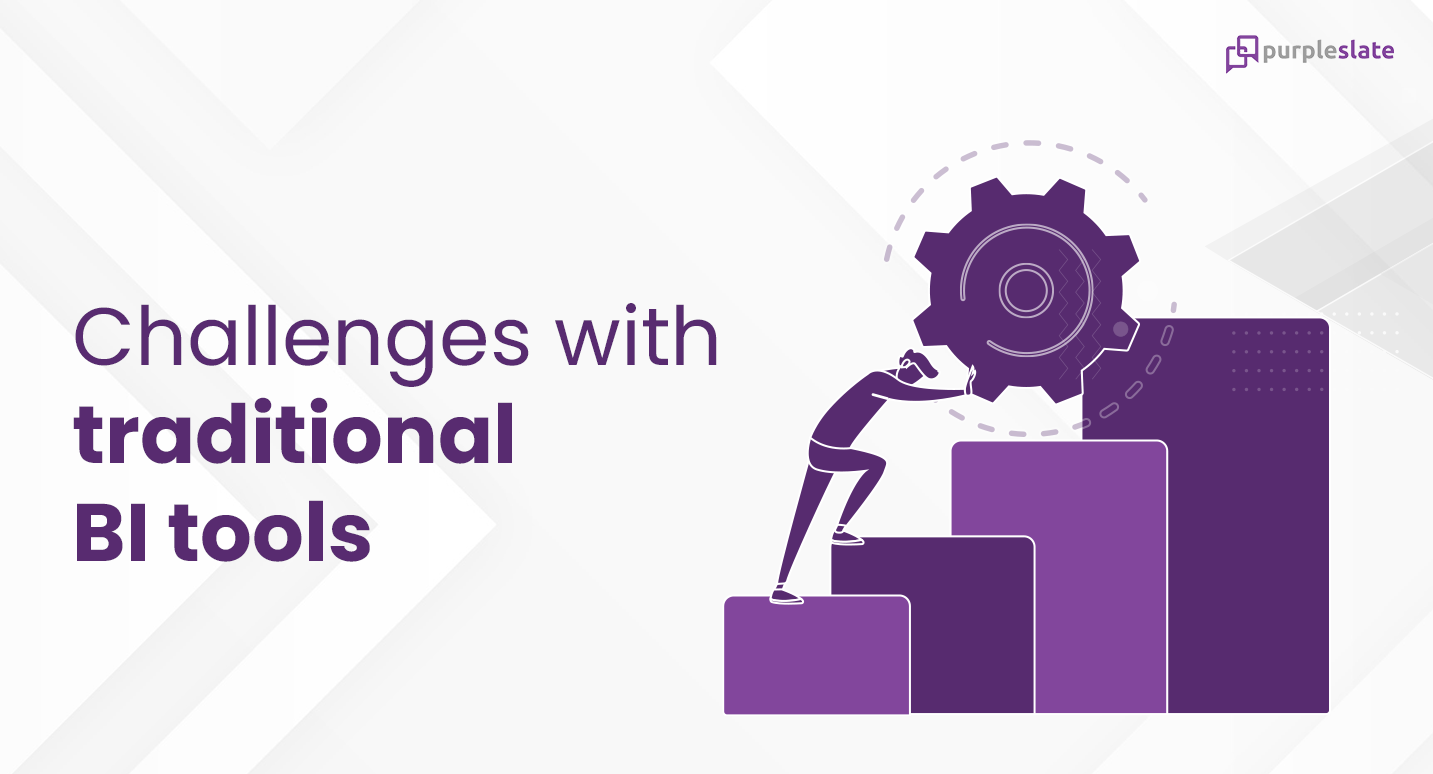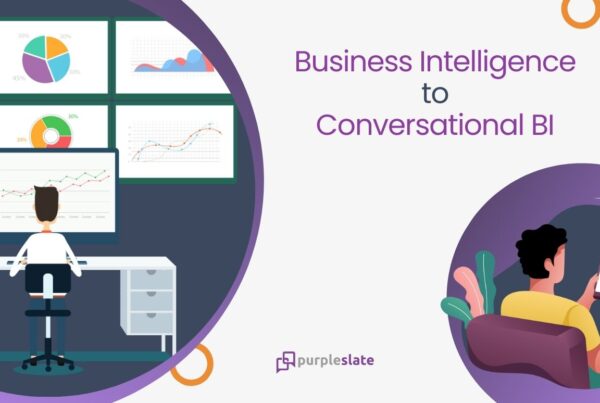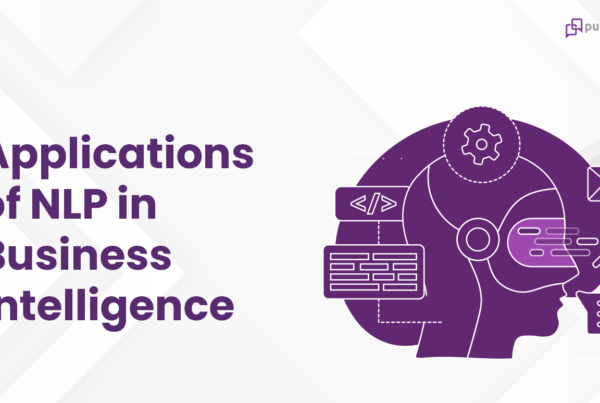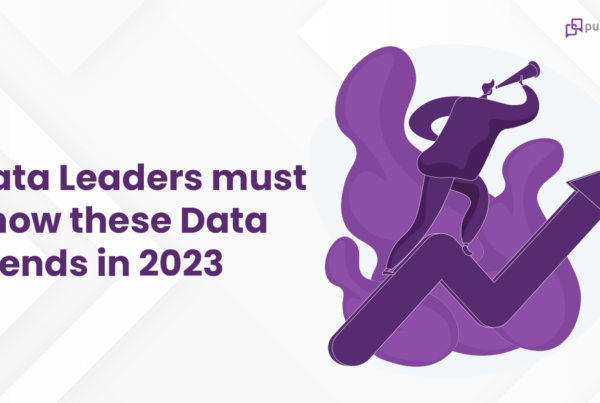
Introduction
Business intelligence (BI) tools are critical for data-driven decision-making. They have been a critical component of enterprise IT infrastructure for decades. They provide decision-makers with insights into their business operations, helping them to make informed decisions and improve their bottom line.
However, traditional BI tools with legacy technologies have limitations that can hinder their effectiveness. We discuss the top 10 challenging roadblocks data leaders face with traditional BI technologies.
Less than 25% of organizations have forged a data culture (24.4%) or created a data-driven organization – Forbes
Limited Data Integration Capabilities
Traditional BI tools are often designed to work with structured data from a limited number of sources. Connecting to various data sources can be a challenge with traditional BI tools. They may struggle to integrate with data from other sources, such as unstructured data from social media or IoT devices. Integration may require manual effort, resulting in delays. These delays eat into the time required to make decisions. This prevents decision-makers from getting a complete picture of their business operations.
Lack of Flexibility
Traditional BI tools are often designed to meet the needs of a specific business unit or department. They may lack the flexibility to adapt to the changing needs of the organization as a whole. This can result in the need for costly customizations or the use of multiple BI tools, which can create data silos and make it difficult to get a complete view of the business. Additionally, manual modifications to the tool’s configuration can result in delays and decreased agility.
Slow Query Performance
Traditional BI tools struggle with large data sets and complex queries. This can result in slow query performance, which can frustrate users and limit the usefulness of the insights provided. Slow query performance can also result in a lack of adoption of the BI tool, as users may turn to other tools or methods to get the information they need.
Limited Scalability
Traditional BI tools are often designed to work with a specific number of users or a specific amount of data. They may struggle to scale up to meet the needs of a growing organization. This can result in a lack of access to insights for new users or the need for costly upgrades or replacements as the organization grows. They also lack the ability to support large and complex datasets. This impacts query performance, user adoption, and the ability to handle large volumes of data.
Poor Data Quality
The efficacy of traditional BI tools is only as good as the data they are based on. If the data is incomplete, inaccurate, or outdated, the insights provided by the BI tool may be of limited value. Poor data quality can also result in incorrect decision-making and costly mistakes. Most tools do not have an intrinsic mechanism to ensure data quality, as they often rely on manual data entry or data cleaning processes.
87.5% of organizations had low data and analytics maturity, falling into “basic” or “opportunistic” categories – Gartner
Limited Self-Service Capabilities
Traditional BI tools are devoid of self-service capabilities, limiting the ability of business users to create their own reports and visualizations. This barrier to non-technical users to access and analyze data limits the usefulness of the BI tool and result in a lack of adoption by business users who need insights to make decisions. This results in over-reliance on IT to access and analyze data. On a larger scale, this also affects the organization’s speed in taking impactful decisions.
Limited Collaboration Capabilities
Traditional BI tools are often designed for use by individual users, rather than for collaboration between users. They may lack the collaboration capabilities that allow teams to work together to analyze data and make decisions. This impacts collaborative decision-making processes and prevents organizations from fully leveraging the insights provided.
Limited Analytical Capabilities
Traditional BI tools may struggle to provide the advanced analytics capabilities that organizations need to gain a competitive advantage. They may lack predictive analytics, machine learning, or artificial intelligence capabilities that can provide deeper insights into business operations.
Lack of Mobile Capabilities
Traditional BI tools may struggle to provide mobile capabilities that allow users to access insights on the go. This affects the usefulness of the BI tool for employees who need to access information outside of the office. It can also limit the ability of decision-makers to access real-time insights when they are needed most.
High Total Cost of Ownership
Traditional BI tools can be expensive to implement and maintain. They may require costly hardware, software, and licensing fees. They may also require specialized skills and expertise to manage and maintain. Additional contracts for ongoing maintenance and upgrade costs add to the overheads leading to high TCO.
Only 48.5% of companies are driving innovation with data – Forbes
Summing up, traditional BI tools face a number of challenges that can limit their usefulness for organizations. Overall, it is important for organizations to carefully consider their BI needs and the challenges they face when choosing a BI tool. By choosing the right tool and implementing it effectively, organizations can gain valuable insights into their business operations and make informed decisions that drive growth and success.
On the other hand, modern BI solutions such as cloud-based analytics platforms and augmented analytics tools offer more flexibility, scalability, and self-service capabilities. They address each of the challenges outlined. Pair them with advanced AI capabilities like Natural Language Processing and Machine Learning, data-driven decision-making will be the norm for businesses.
Interested to know more about our Data Analytics powered by NLP platform?




